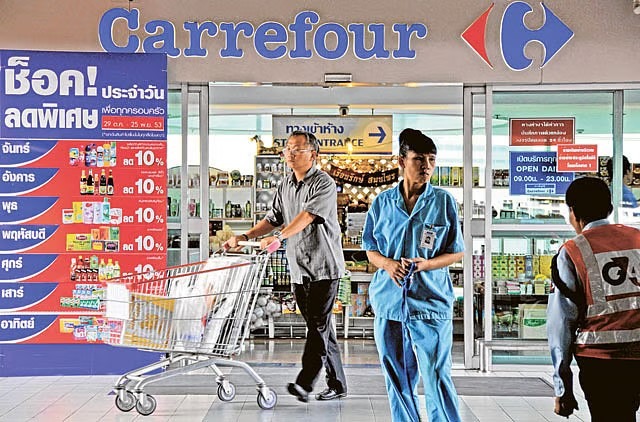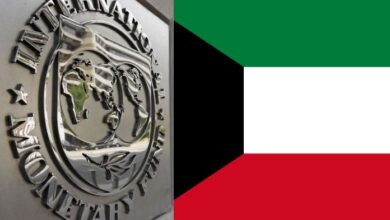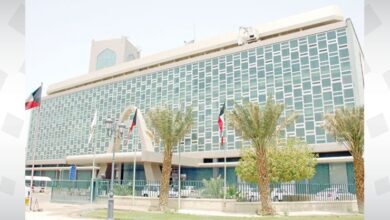
Carrefour, once celebrated as a pioneer of hypermarkets and a global retail giant, is shrinking faster than many anticipated.
In Europe, it has exited some of its biggest overseas markets. In Asia, its once-thriving empire has nearly collapsed. And in the Middle East, the iconic blue-and-red brand has already disappeared from several countries, replaced by a homegrown alternative.
The question now is less about whether Carrefour will leave more markets and more about how long its remaining outposts — including the UAE — can hold firm.
The French retailer’s recent moves underscore the mounting pressure. In Italy, Carrefour sold more than 1,100 stores last year to NewPrinces after years of losses. The unit, once valued at about €1 billion, had posted a €67 million operating loss, the Gulf News reports.
Poland is next. Carrefour has put its 800 stores there up for sale after a 3% sales decline in 2024, with analysts noting it never broke through in a market dominated by discount players.
Even at home in France, where it remains the largest grocer, rivals like Leclerc are chipping away at its market share, while strict pricing rules keep margins thin.
Globally, Carrefour still runs over 14,000 stores in more than 40 countries. In the Middle East, Africa, and Asia, Majid Al Futtaim (MAF) controls exclusive rights to the brand, operating more than 390 outlets — including over 175 in the UAE and 20 in Saudi Arabia.
In the Gulf, Carrefour has also ceded ground. Over the past year, outlets in Kuwait, Bahrain, Oman, and Jordan closed and were rebranded as HyperMax, a new chain created by MAF.
Before withdrawal, Carrefour ran 51 stores in Jordan, 15 in Oman, and 13 across Bahrain and Kuwait. MAF says the HyperMax shift responds to local demand for affordable, locally sourced products and helps shield operations from political boycotts aimed at global brands.
The UAE remains Carrefour’s stronghold, with hundreds of outlets across malls and communities and a reputation for reliability among shoppers.
Analysts suggest MAF may adopt a dual strategy — expanding HyperMax in some markets while protecting Carrefour’s core position in the Emirates.
For now, that balance works. But as Carrefour’s global retreat accelerates, the real test may be how long the UAE can remain untouched.
Carrefour’s decline in China has been particularly stark.
After entering in 1995, it grew rapidly, peaking in 2015 with sales of RMB 38 billion (€5 billion). But by 2024, just four stores remained, down from 205 in 2021.
The exit from China mirrored broader retreats: Carrefour sold its Taiwanese business in 2022 and has exited Indonesia, Malaysia, Singapore, Thailand, and Japan. Analysts blame its weak supply chain, slow embrace of e-commerce, and reliance on outdated hypermarket formats. Even a 2019 takeover by Suning couldn’t reverse the decline.
Follow The Times Kuwait on
X, Instagram and Facebook for the latest news updates












